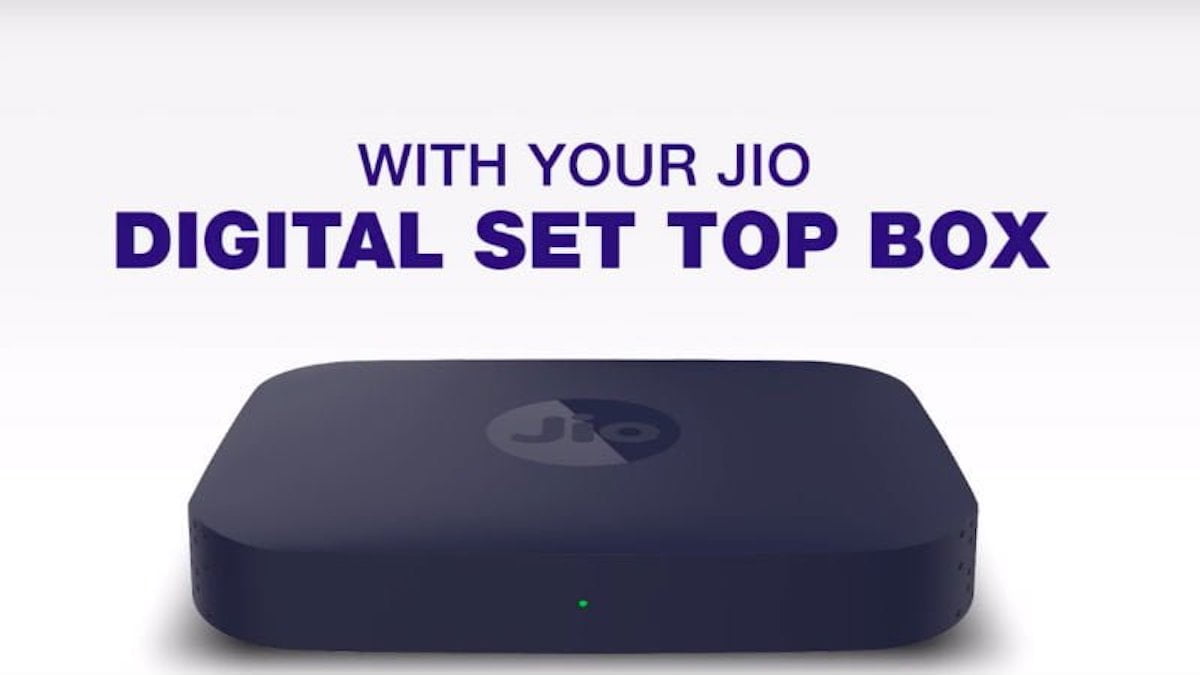The Telecom Regulatory Authority of India (Trai) on Saturday announced that all Set-Top Boxes (STB) in India must be interoperable. The authority said that the Direct-to-Home (DTH) providers as well as multi-system operators (MSO) would be given six months from the Ministry of Information and Broadcasting (MIB) notification to facilitate the service. Crucially, it was said that the interoperability would be permissible within the DTH segment and within cable segment respectively. It has to be noted that interoperability is already mandated in the DTH segment in theory as per the segment’s license conditions. However, in practice, STBs of one DTH service operator do not support reception of its rivals by default. While Trai's recommendation on Saturday could be seen as the latest episode in the long journey of interoperability that began in 2006, lack of interoperability between DTH and Cable TV segment could be seen as deal breaker by many.

Technical and Financial Constraints Prevent Interoperability Between Two Segments
Trai in its recommendations noted that several stakeholders were backing the idea of interoperability across platforms. However, “significant differences” in structure of STBs between DTH and cable segments coupled with eventual increase in costs of STBs seen due to inclusion of tuners for cable and DTH prevented universal interoperability.
“The cost implications of such a proposal need to be taken into consideration, especially, when such cross-platform interoperability would be needed by a fraction of the consumers,” Trai noted in its analysis. “Therefore, enforcing such a feature on 100% STBs whereas only an extremely small fraction will ever use such feature is not prudent. Moreover, design and development of SoC for universal STB would add time delays in its implementation.”
While Trai said that the interoperability with the respective segments will be “practical and realistic” for now, it will “continue its endeavour to consider universal cross-platform interoperability.”
Interoperability Could Reduce E-Waste
According to industry data available with Trai till March 2019, it was said that 54 million STBs were lying idle or unused in the DTH segment alone. Trai noted that the large number of these STBs could be used for the purpose of interoperability. The authority said that around $1350 million capital in the form of STBs are lying unused in the DTH segment alone. Further, it said that a similar number of STBs are in the cable segment could be lying idle or unsued.
However, the stakeholders have said that the large number of e-waste due to idle STBs are also due to the consumer’s interest to upgrade to the latest STBs. The stakeholders are of the opinion that it would be wrong for Trai to highlight that "interoperability will solve the issue of ewaste completely.”
Crucially, Trai said that it received suggestions from stakeholders to explore the possibility of mandating TV manufacturers to offer built in provisions for tuners for both DTH and cable segments. The stakeholders have said that mandating TV manufacturers to include tuners for DTH and Cable TV segments could eliminate DTH and cable operators in offering STBs, thereby reducing e-waste.
Interoperability Through Digital TV sets
Based on suggestions from stakeholders, Trai also recommended mandatory provision of USB port based Common Interface for all digital TV sets in India with necessary tuners for reception of signals through cable and DTH platforms. Trai has also recommended the MIB to set up a coordination committee to steer the adoption of digital TV standards in a time bound manner.
The recommendations from Trai on implementation may enable consumers to use TV as a common platform to either connect to DTH or a cable operator of their choice, thereby eliminating the need of STBs.
Additionally Trai said that the “India is a diverse and fragmented market” and that the arrival of over-the-top platforms doesn’t make the enabling of interoperability at this moment a late exercise.
“Looking to the past and current trend as well as size of the TV market which stood at 197 million TV households in 2018 and is steadily growing, it can be reasonably posited that concurrent with the adoption of new services, there will still be a large-customer base which would continue to use conventional, unidirectional broadcast services,” Trai said.















